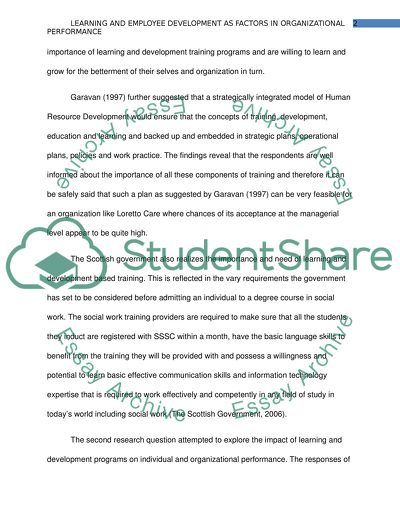Cite this document
(“How does Learning and Employee Development contribute to Essay”, n.d.)
Retrieved from https://studentshare.org/environmental-studies/1405264-how-does-learning-and-employee-development
Retrieved from https://studentshare.org/environmental-studies/1405264-how-does-learning-and-employee-development
(How Does Learning and Employee Development Contribute to Essay)
https://studentshare.org/environmental-studies/1405264-how-does-learning-and-employee-development.
https://studentshare.org/environmental-studies/1405264-how-does-learning-and-employee-development.
“How Does Learning and Employee Development Contribute to Essay”, n.d. https://studentshare.org/environmental-studies/1405264-how-does-learning-and-employee-development.


